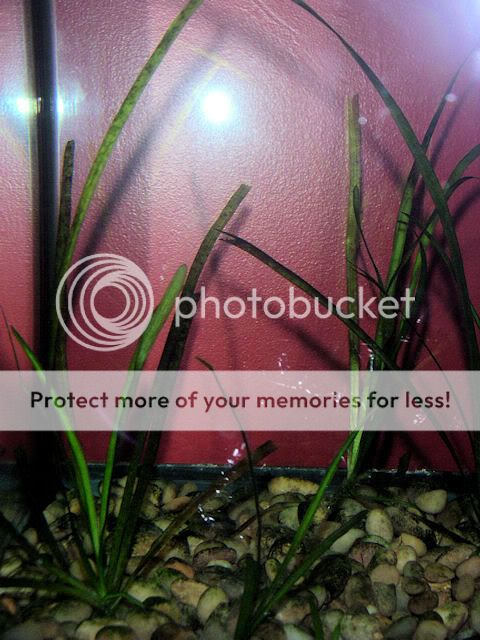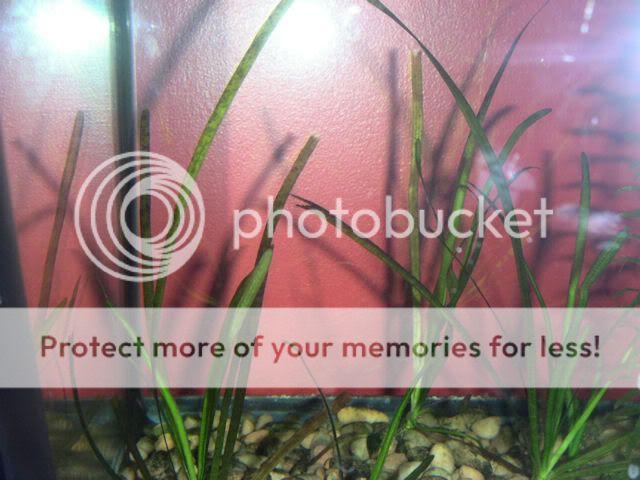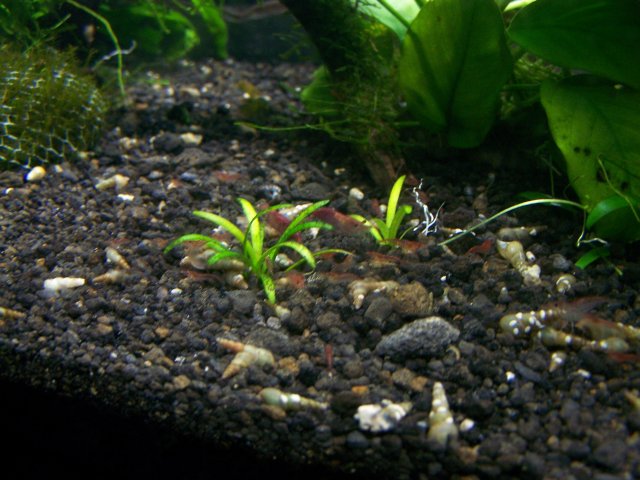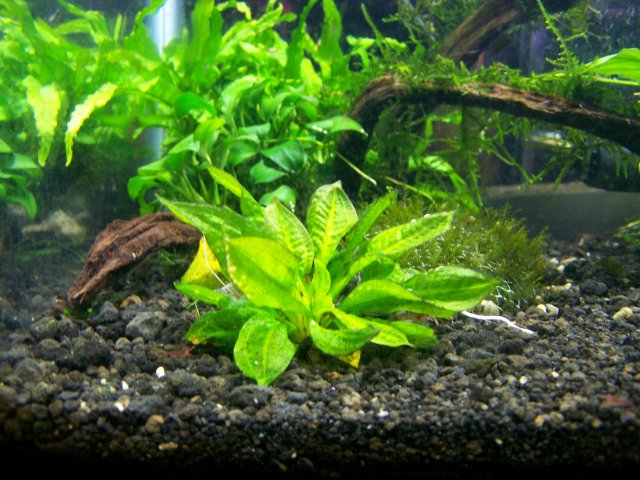allelochemicals are nothing to worry about in a planted tank as if you're doing your prescribed water changes they never build up.
diane walstad is the author of "ecology of the planted tank". she covers lots of things in the book including allelochemicals. the reason i would think she covers them is that the walstad or npt method is based on very little fish stock, low light, good substrate and very seldomly relies on water changes. she even makes mention of water changes as far apart as a year or so. i could see how that could be an issue if you picked your plant stock wrong. for most aquarists looking to create a nice planted tank they're not willing to wait a year for the plants to grow in, keep one fish in a 50 gallon tank, etc., etc., so water changes... and they never amount to much. stunted growth or dieing off of one species due to another should not be an issue.








